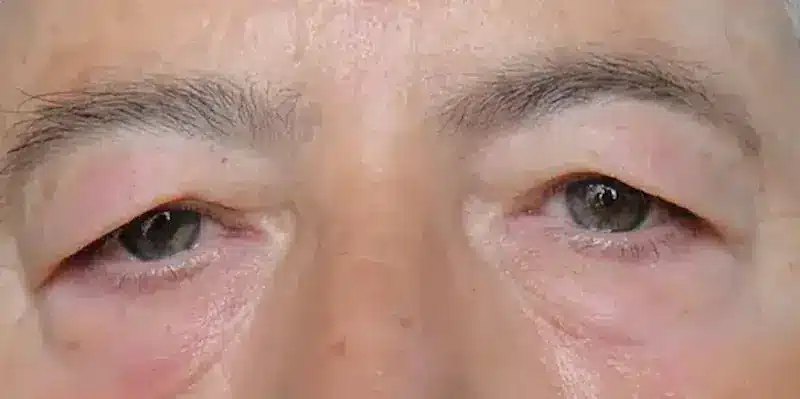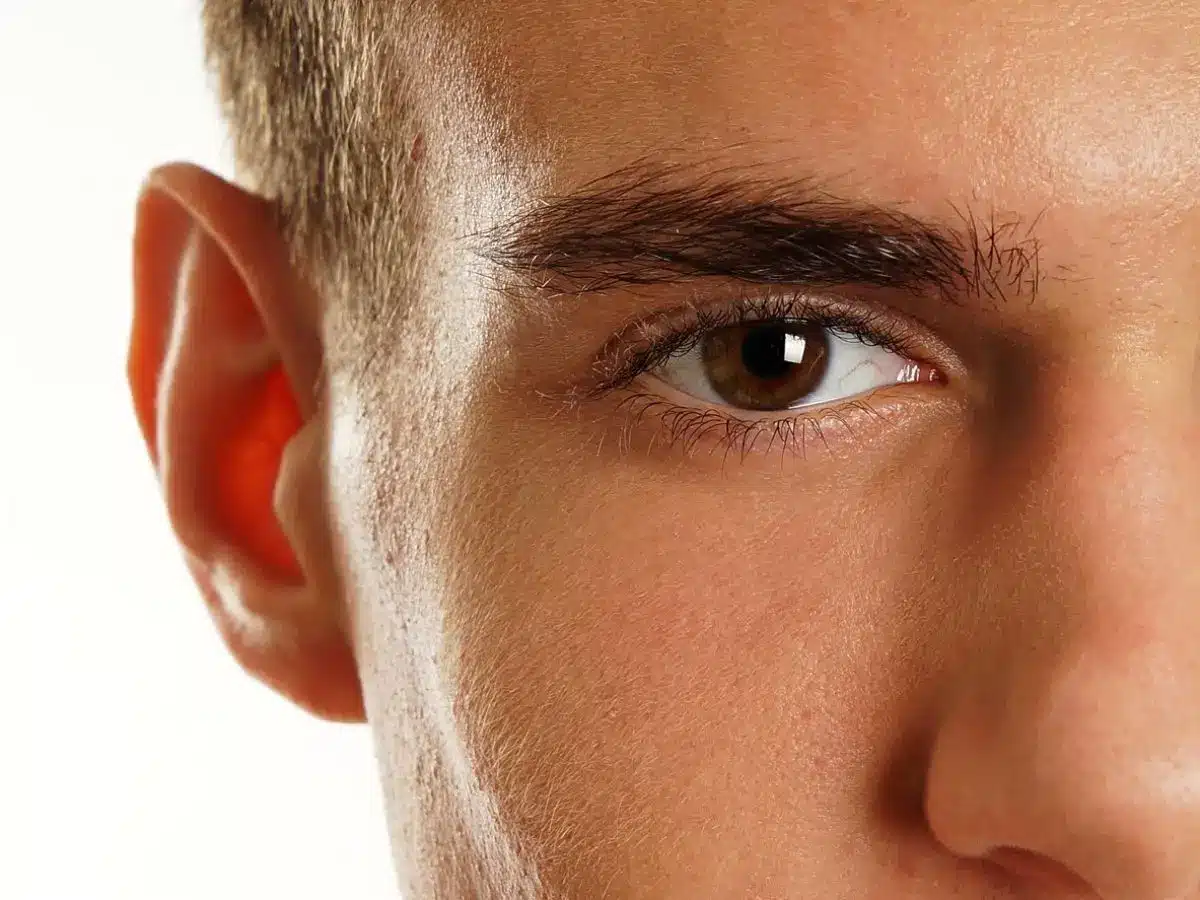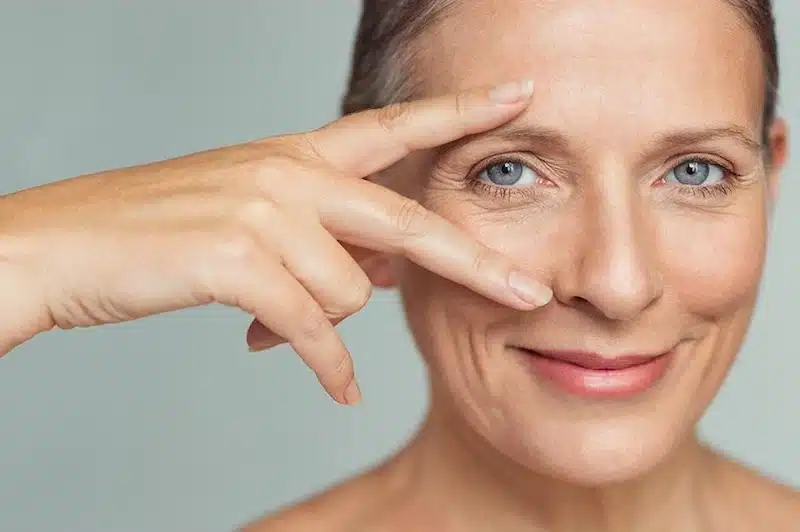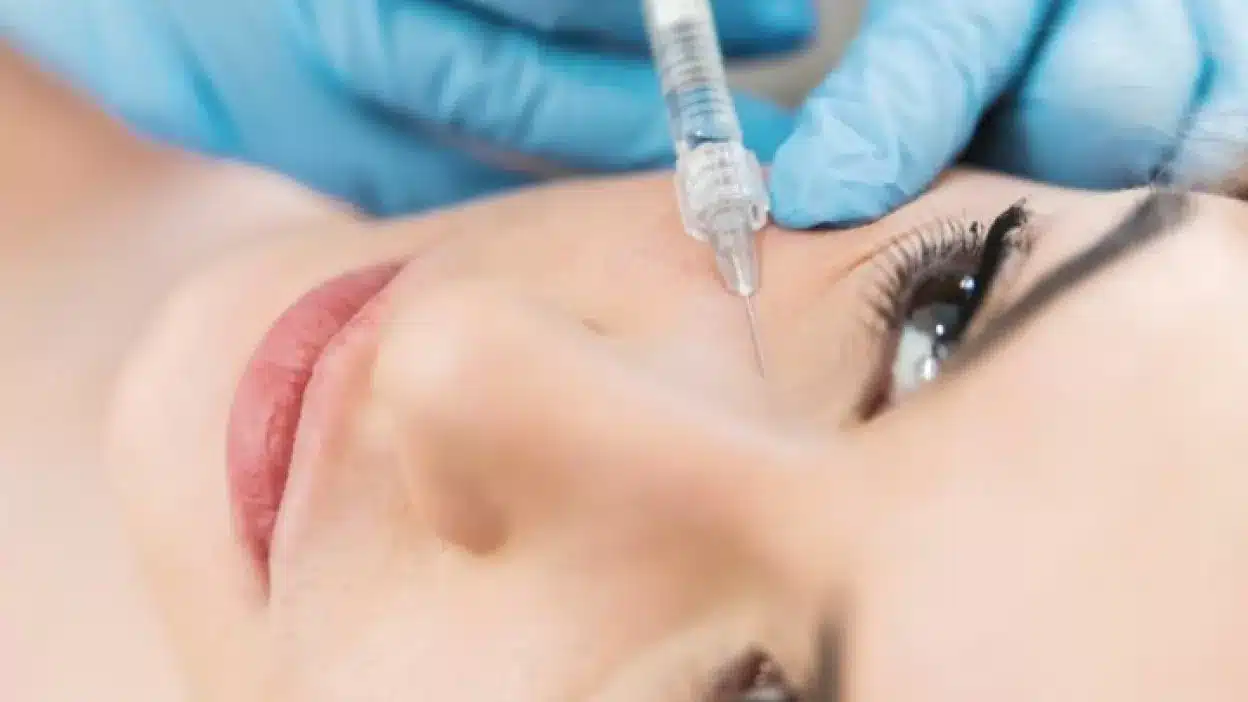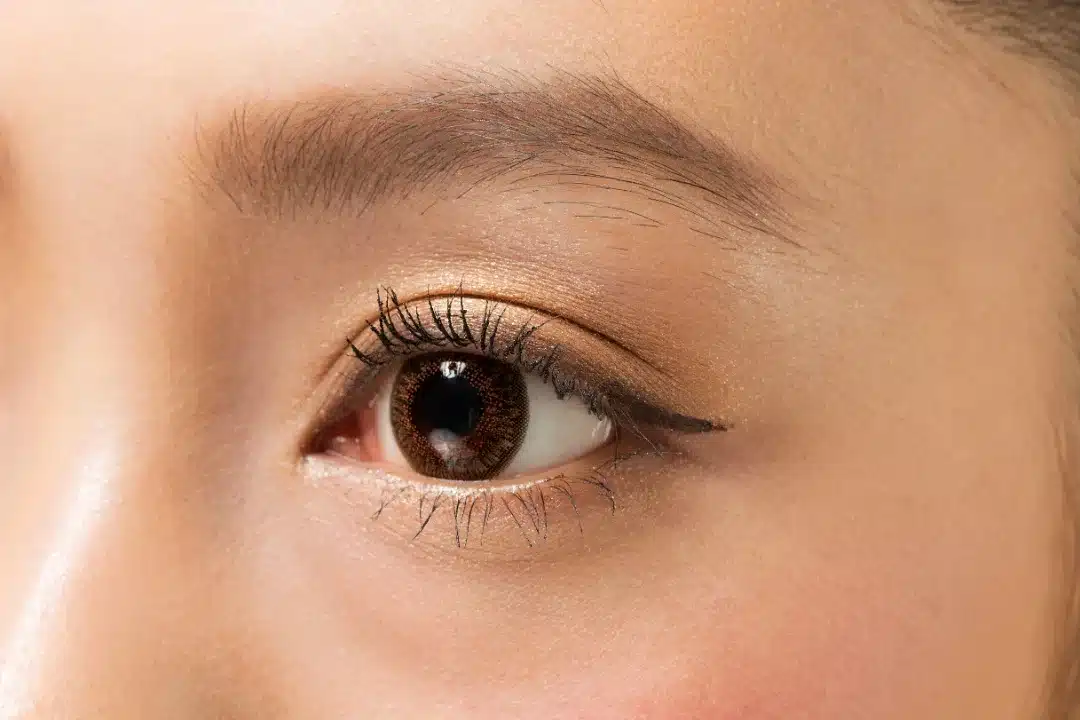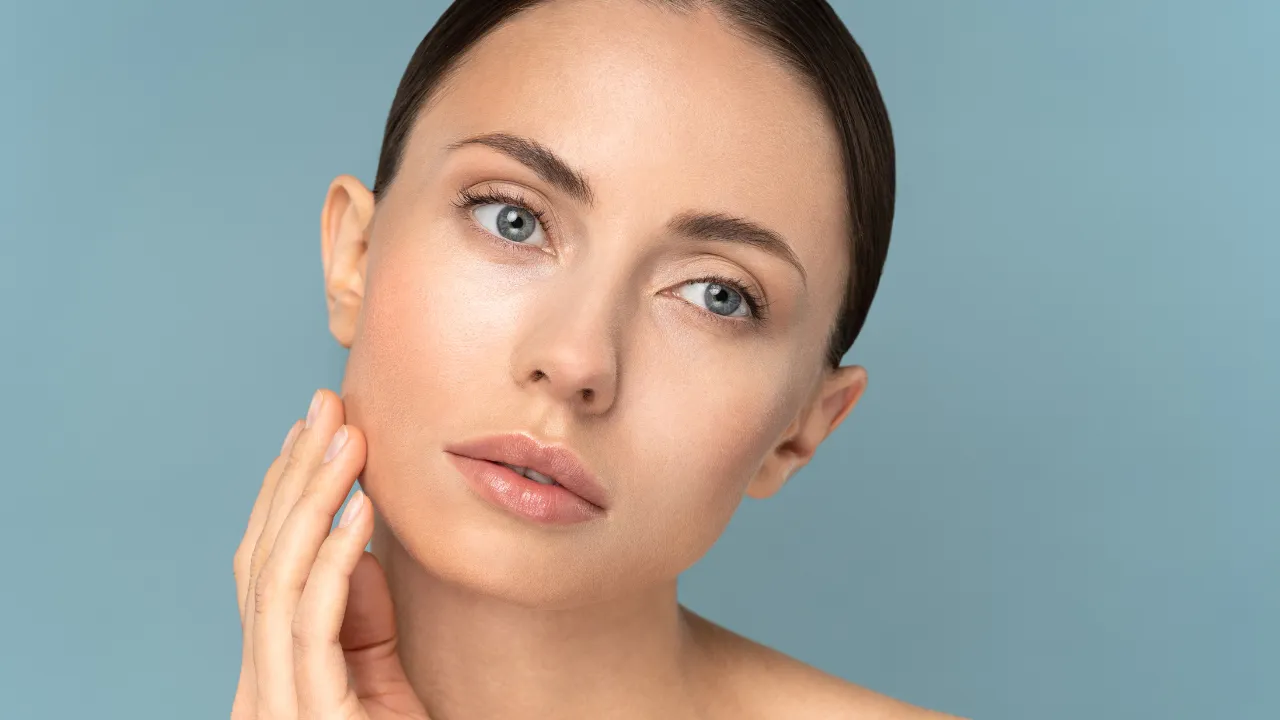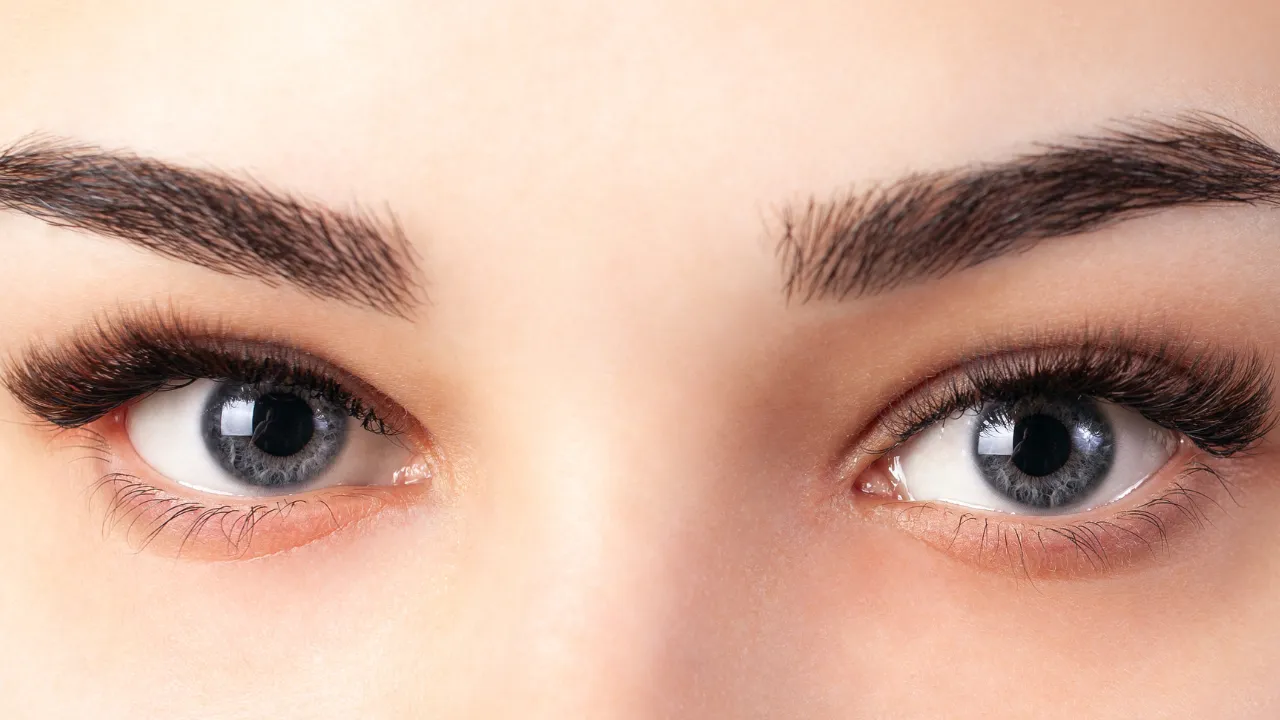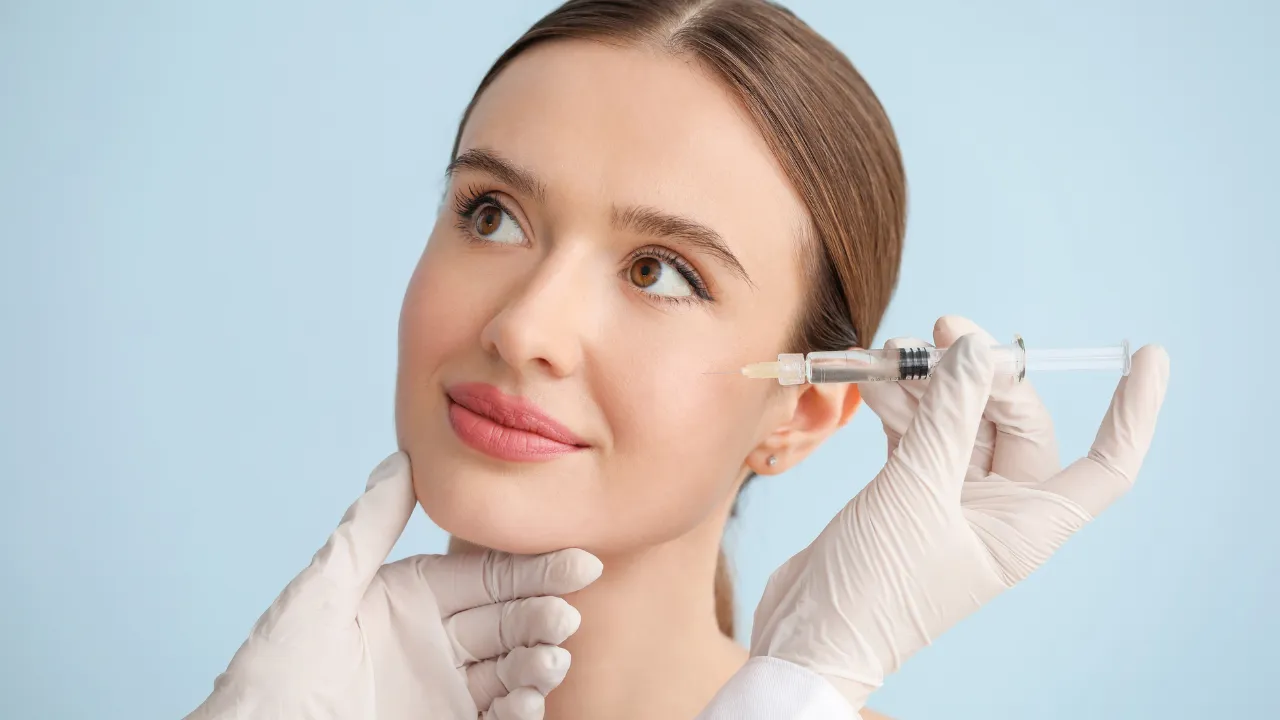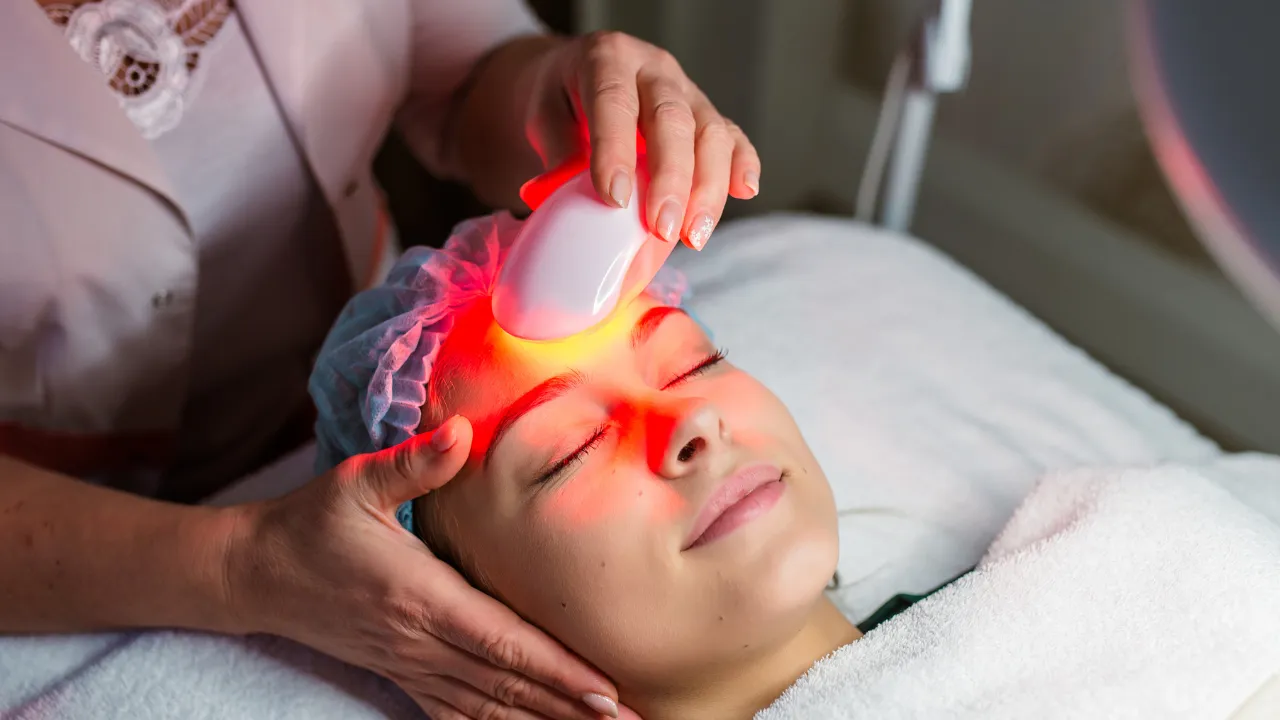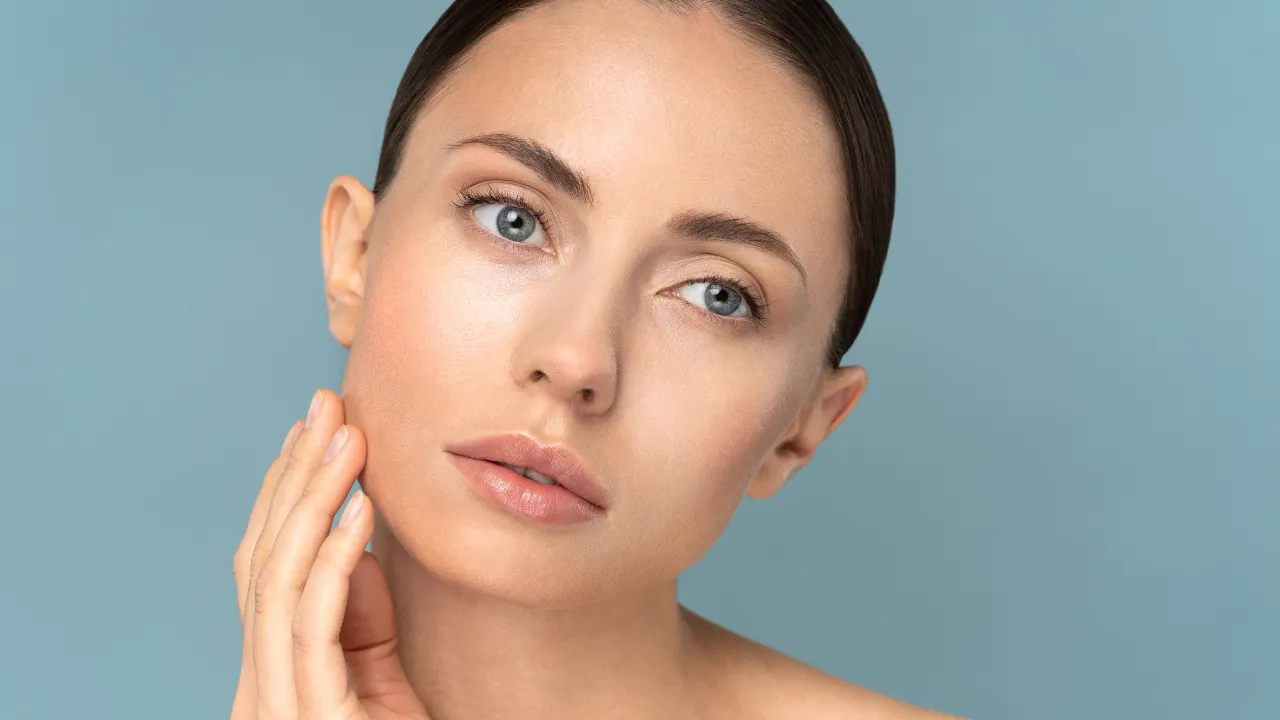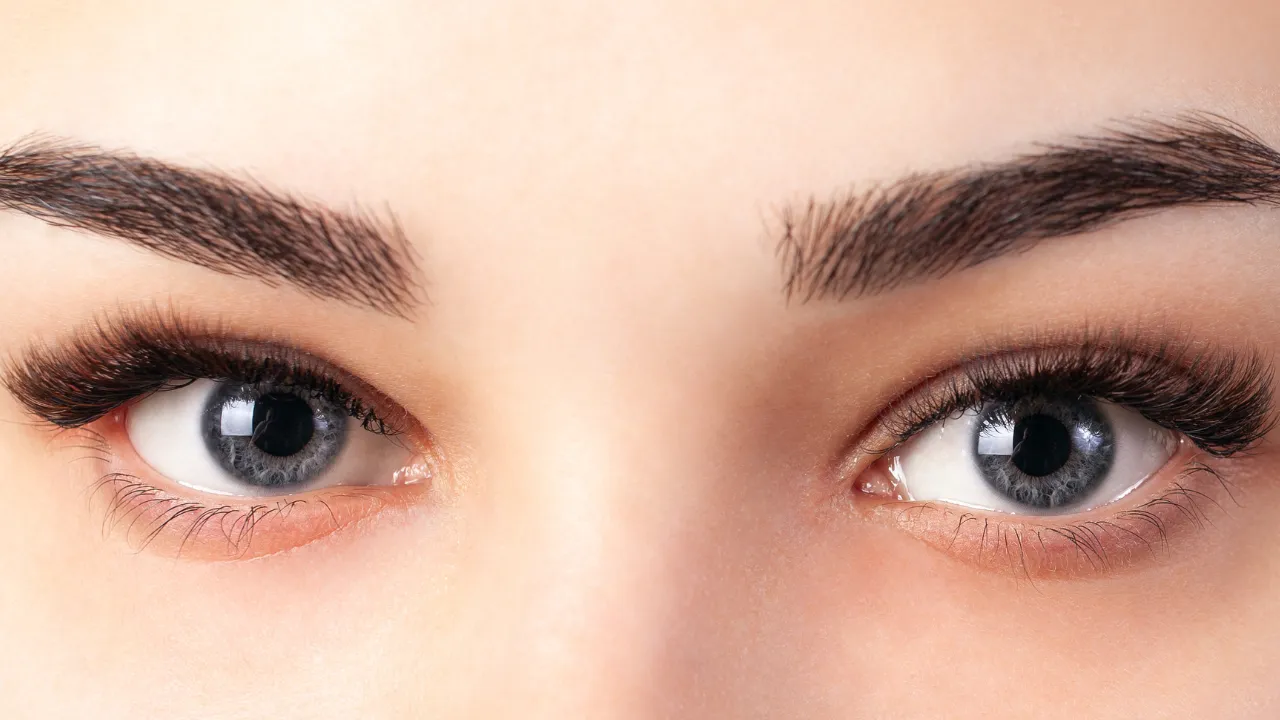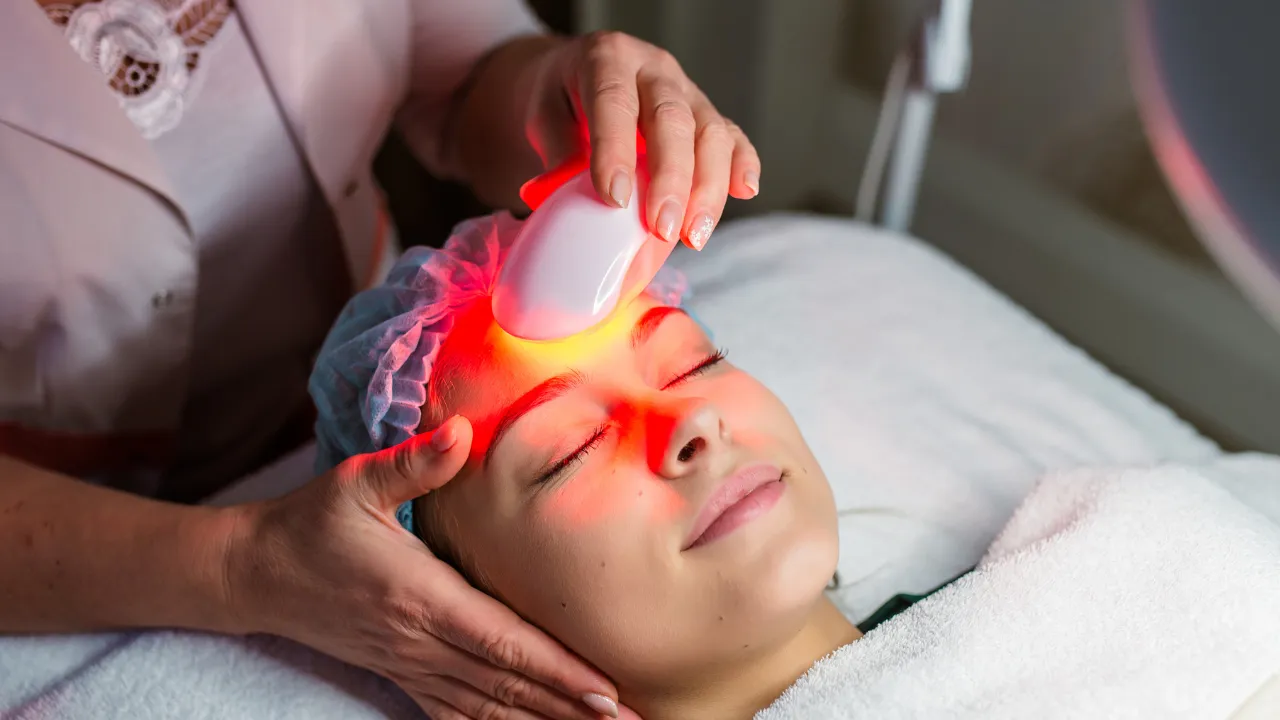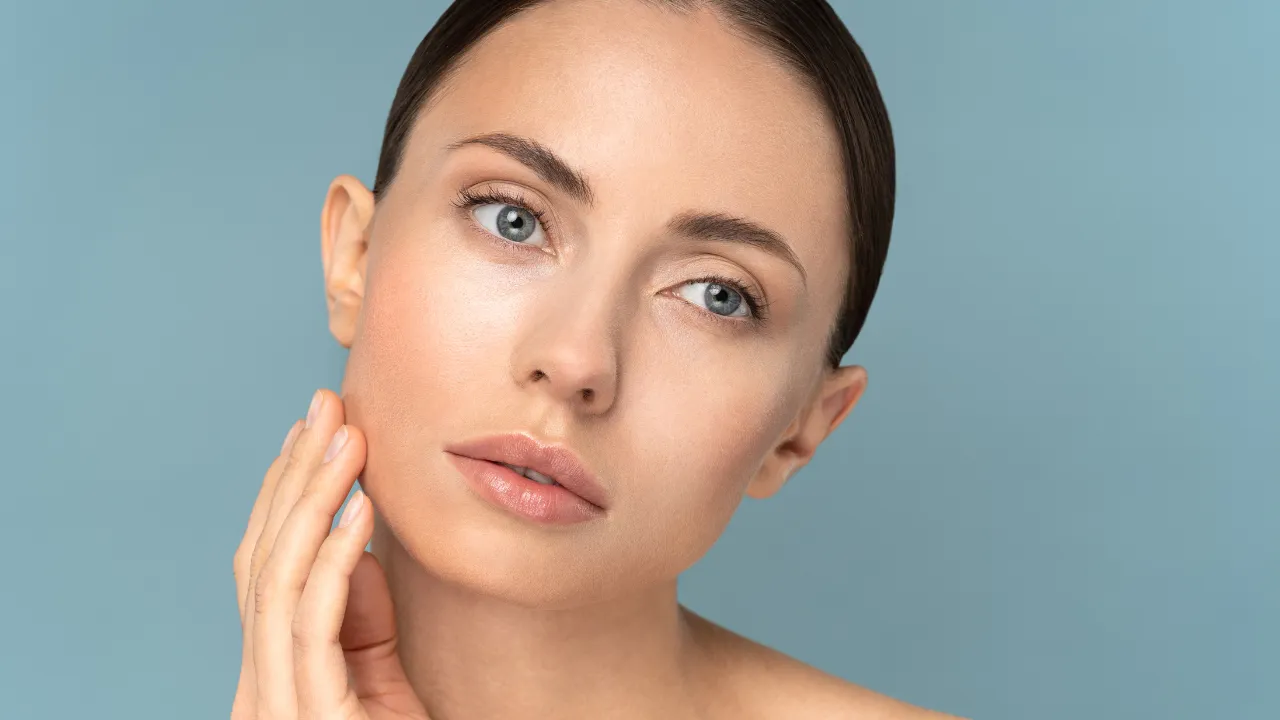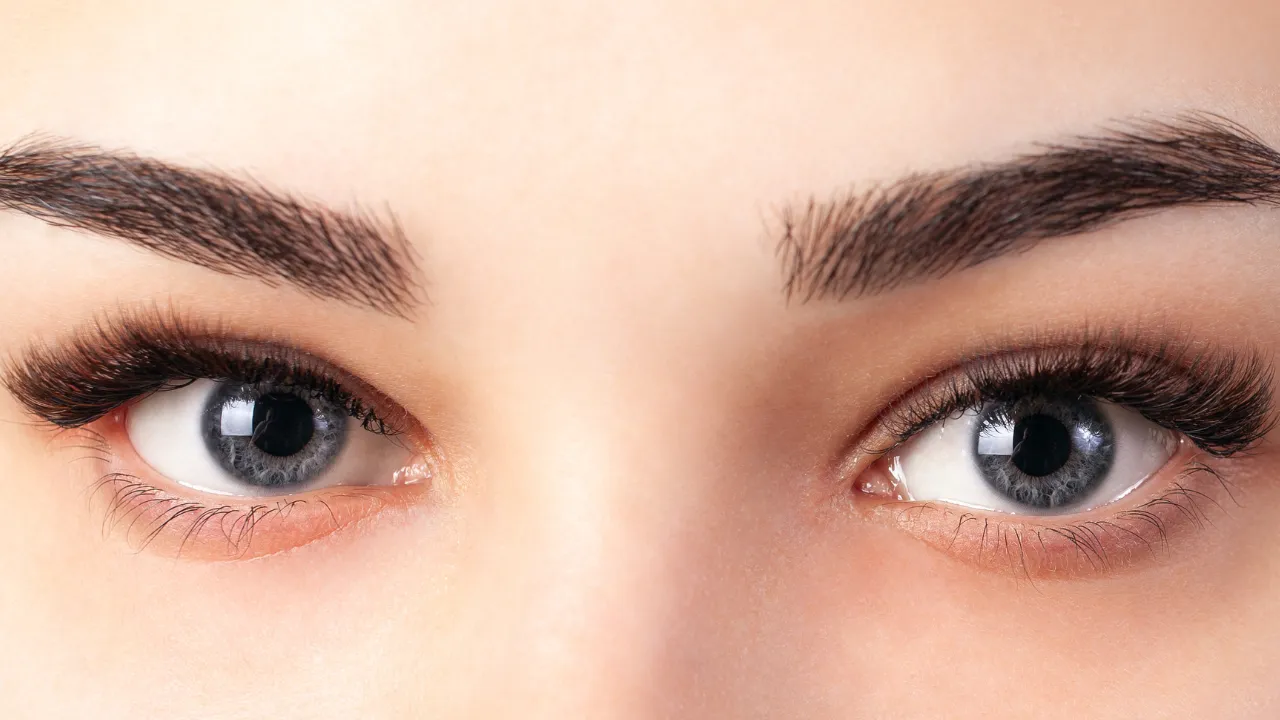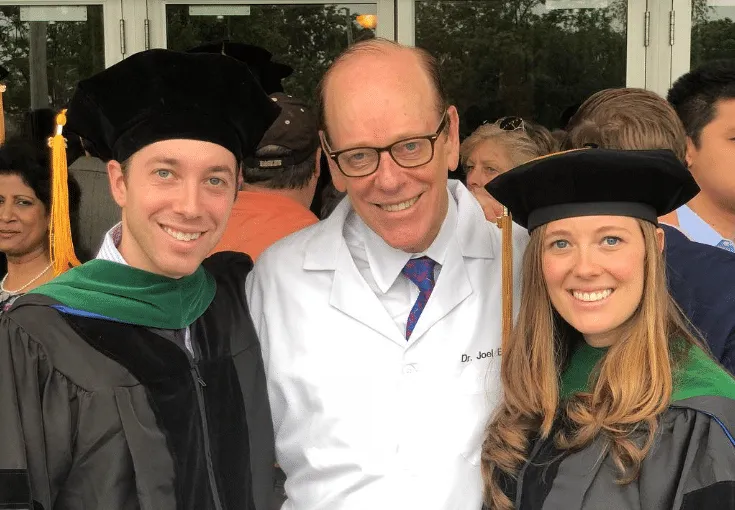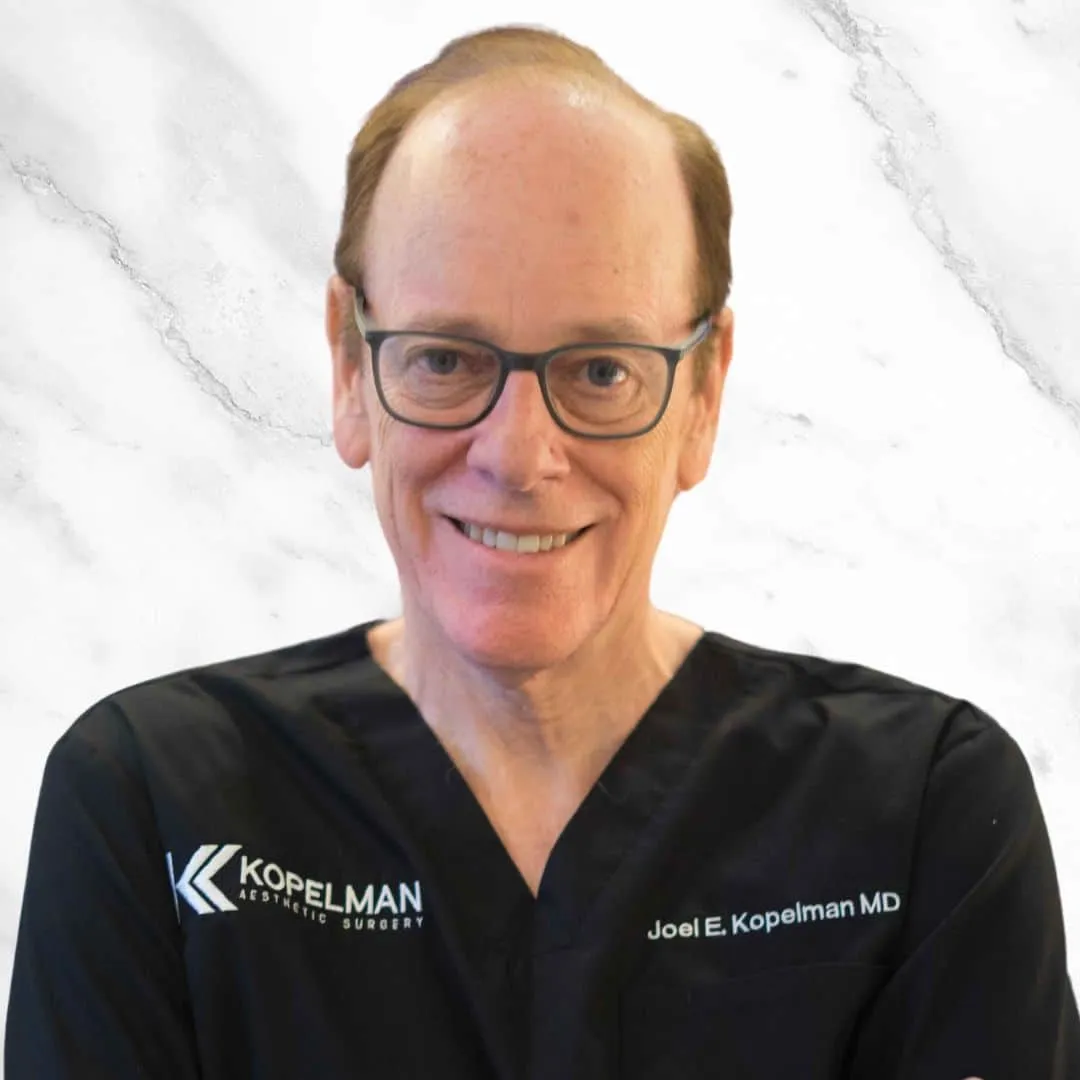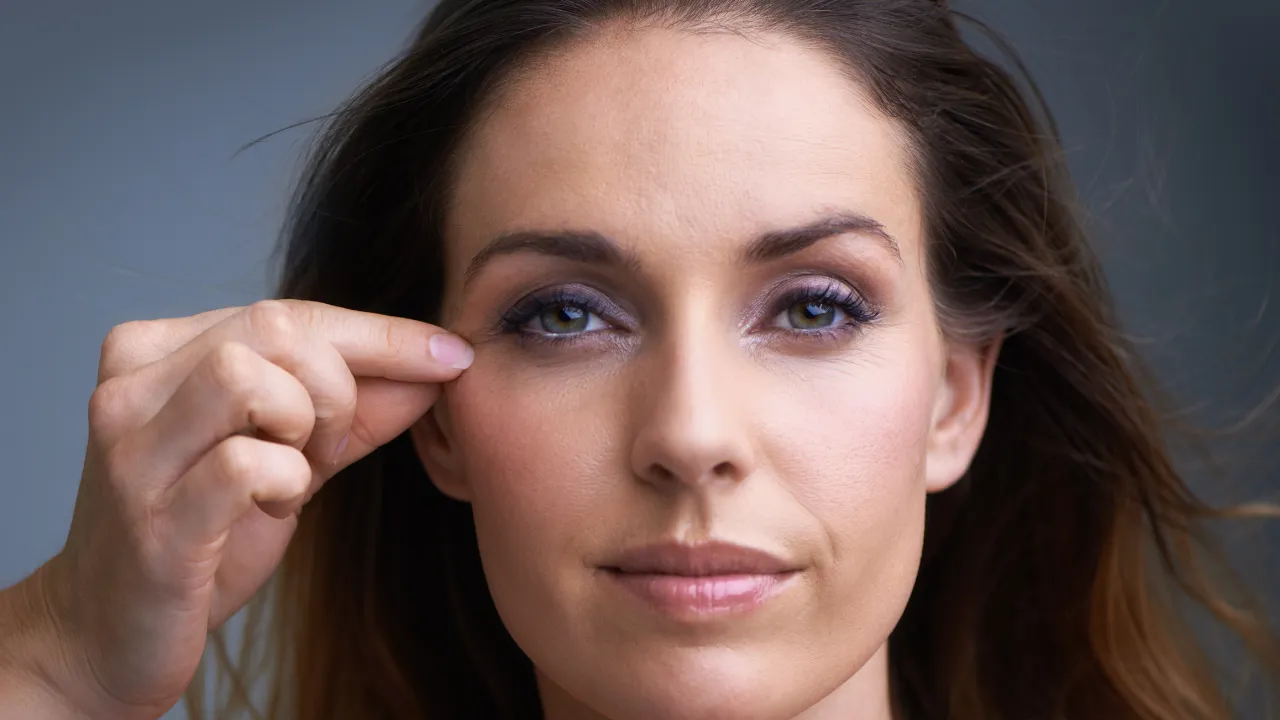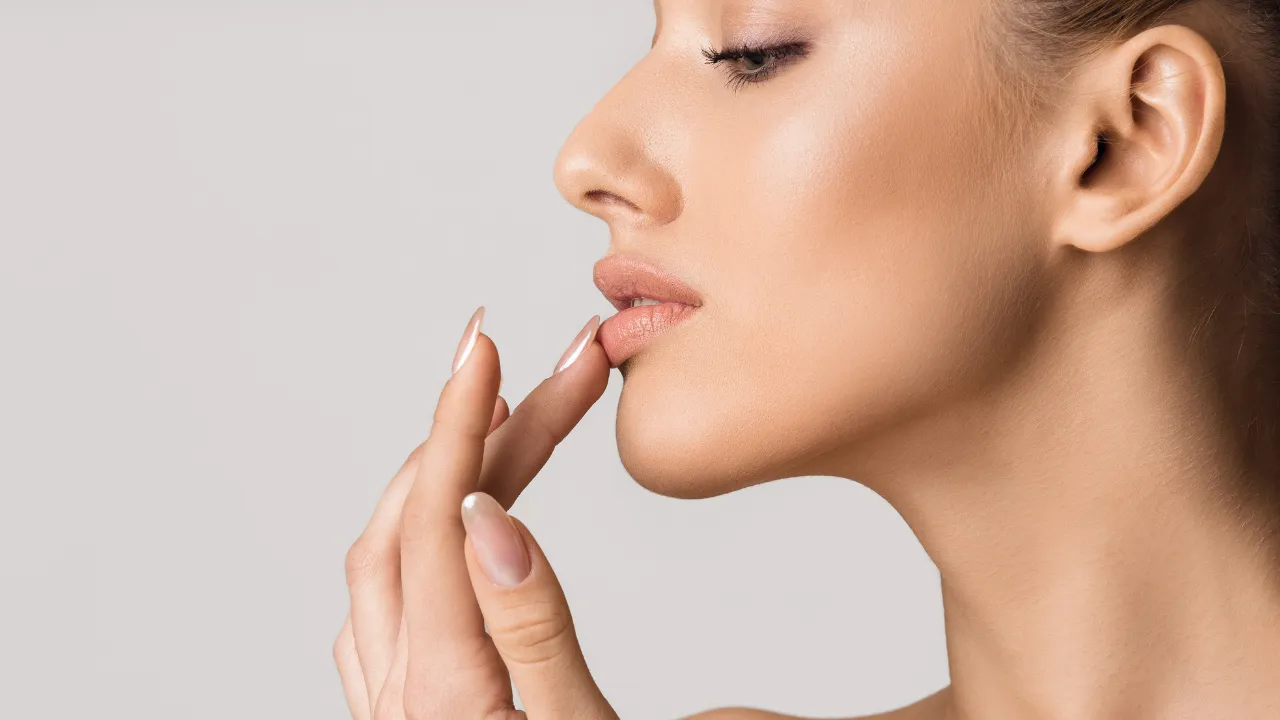Patients can experience sad eyes after blepharoplasty when eyelid tissues heal in a way that changes the natural eye shape. This complication often results from excess skin or fat removal, eyelid malposition, or muscle weakness that pulls the outer corner downward.
Careful planning with an experienced plastic surgeon like Dr. Joel Kopelman helps reduce the chance of sad eyes after blepharoplasty and improves recovery outcomes.
Dr. Joel Kopelman is a board-certified facial plastic and oculoplastic surgeon with more than 35 years of experience in eyelid and facial surgery. His training in both ophthalmology and facial plastic surgery allows him to balance cosmetic goals with eye health.
This article explains why this change occurs, when symptoms appear, and the treatment and prevention strategies that can help.
Key Takeaways
- Sad eyes after blepharoplasty can result from removing excess skin, eyelid malposition, muscle weakness, or scar tightening, all of which change the natural eye shape.
- Early signs such as downward pulling, dry eyes, or difficulty closing the eyelids should be evaluated promptly to prevent long-term complications.
- Treatment options range from non-surgical fillers and laser treatments to revision procedures like canthopexy or levator repair.
- Choosing a board-certified plastic surgeon like Dr. Joel Kopelman and following careful pre- and post-operative plans significantly lowers the risk of sad eyes after eyelid surgery.
- Complications may increase recovery time and costs, so understanding potential risks and attending regular follow-up visits are essential for a safe outcome.
Table of Contents
ToggleSad Eyes After Blepharoplasty: Causes, Risks, and Fixes
While this surgical procedure is generally safe, some blepharoplasty patients notice sad eyes after eyelid surgery.
Other Possible Blepharoplasty Complications
While this article focuses on sad eyes after blepharoplasty, other issues can occur. Patients may experience swelling, infection, hematoma, dry eye syndrome, or scarring that affects healing.
A history of dry eye or underlying thyroid eye disease can increase the risk of postoperative irritation, so these conditions should be discussed during consultation.
Understanding these risks helps place sad eyes within the wider context of blepharoplasty surgery and underscores the importance of choosing an experienced surgeon.
Why Eyes Look Sad or Tired After Surgery
Sad or tired eyes can develop when the eyelids lose their natural balance after surgery. Many people seek upper blepharoplasty to correct drooping lids that show signs of aging, but overcorrection can sometimes create a sad appearance instead of a youthful one.
The problem usually results from changes in the tissues that support the eyelid margin and outer corner.
Key Causes
Several factors can lead to a sad appearance:
- Removing excess skin or fat – Taking away too much upper eyelid skin or fat can create a hollow upper lid or a downward slant at the outer corner.
- Eyelid malposition – If the lid margin heals too low or turns outward, the eyes may look droopy or sad.
- Eyelid laxity – Loose or weakened eyelid support structures can make the outer corner sag and worsen a sad or tired look.
- Muscle weakness – Damage to the orbicularis muscle can reduce eyelid support and change eye shape.
- Scar contracture – Tight scar tissue may pull the eyelid down and expose more of the white of the eye.
Recent clinical studies show that complications affecting eyelid position occur in a small but measurable percentage of blepharoplasty cases.
Ptosis After Blepharoplasty (Upper Eyelid Drooping)
Ptosis occurs when the upper eyelid margin sits lower than normal. It can develop if the levator muscle or its tendon weakens or detaches during surgery. Mild ptosis sometimes improves with healing, but persistent cases often require surgical correction.
Recovery Timeline and Long-Term Effects
Healing varies, but understanding the typical timeline helps set expectations. Recognizing early signs of sad or tired eyes can lead to quicker evaluation and better results.
Patients undergoing any type of blepharoplasty surgery should follow their surgeon’s recovery plan closely to minimize risk and achieve a balanced eyelid shape.
Recognizing Early Symptoms of Sad Eyes
Watch for signs such as downward pulling at the outer corner, visible white below the iris, persistent dryness, or difficulty closing the eyelids. Noticing these changes within the first few weeks allows for quicker evaluation.
When Sad or Tired Eyes Appear
Most patients notice changes within the first few weeks after surgery. Swelling and bruising can temporarily create a sad look, but these usually resolve within a month. If downward pulling or eyelid asymmetry continues, it may signal a structural issue rather than normal healing.
Long-Term Side Effects of Blepharoplasty
Some patients experience lasting side effects such as chronic dryness, incomplete eyelid closure, or persistent downward slant. Regular follow-up visits with a qualified surgeon are essential to monitor healing and address concerns.
When to Seek Professional Evaluation
Contact your surgeon promptly if you experience sharp pain, worsening drooping, severe dryness, or blurred vision. Early medical attention helps prevent long-term complications and allows timely corrective treatment.
Early Post-Op Care Tips
Proper aftercare supports safe recovery and reduces complications:
- Use prescribed eye drops or ointments to keep the eyes moist.
- Apply cold compresses during the first 48 hours to reduce swelling.
- Sleep with the head elevated to limit fluid buildup.
- Avoid heavy exercise or bending for at least two weeks.
Detailed Aftercare Steps for Better Healing
Strong aftercare habits play a major role in preventing long-term complications. Patients should gently clean the eyelid area with approved solutions and avoid applying makeup until cleared by their surgeon. Adequate hydration, a balanced diet, and avoiding smoking all support tissue repair.
Treatment and Revision Options
If sad eyes after blepharoplasty persist, several corrective approaches can restore eyelid shape and function. The choice depends on the cause, severity, and timing of the problem.
Surgical Corrections
Revision procedures may include:
- Canthopexy or canthoplasty – Tightening the outer corner of the eyelid to improve support.
- Levator repair – Reattaching or strengthening the muscle that lifts the upper lid.
- Skin grafting or flap surgery – Replacing lost tissue to correct excessive removal of upper eyelid skin.
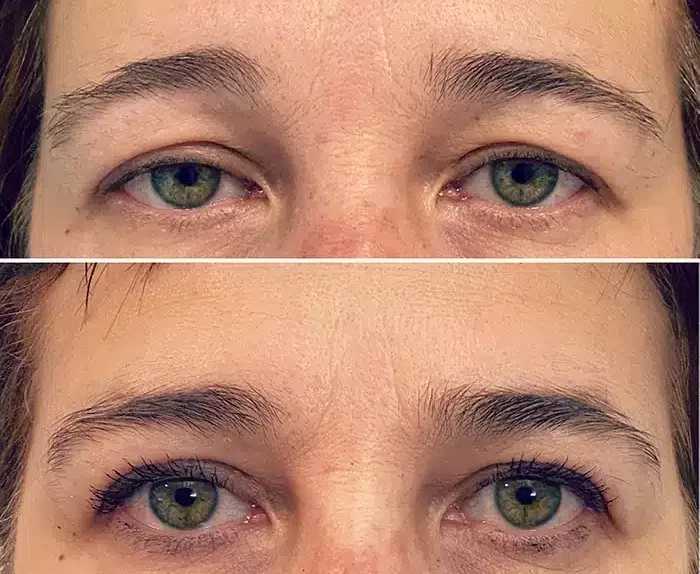
Non-Surgical Adjustments
Some patients benefit from non-surgical treatments such as dermal fillers, botulinum toxin injections, or laser treatments to improve skin texture and scar flexibility. These options work best for mild cases or as a temporary solution before surgical revision.
Best Timing for Revisions
Most surgeons recommend waiting at least three to six months after the initial surgery before considering a major revision. This allows swelling to resolve and scar tissue to soften, providing a clearer picture of the outcome.
Prevention Before Eyelid Surgery
Preventing sad eyes begins long before the operation. Careful planning and technique reduce the risk of complications and promote a natural result.
Conservative Surgical Techniques
A conservative approach preserves natural support structures while removing only the tissue necessary for rejuvenation. Key strategies include maintaining adequate skin and fat to avoid a hollow look, reinforcing the lateral canthus when needed to prevent downward pulling, and using precise measurements to keep eyelid height symmetrical.
Kopelman Aesthetic Surgery provides individualized care for patients considering or recovering from blepharoplasty. With careful planning, expert technique, and attentive follow-up, Dr. Kopelman helps patients achieve refreshed, natural-looking eyes while minimizing the risk of sad eyes after blepharoplasty.
FAQs about Sad Eyes After Blepharoplasty
Can sad eyes improve without surgery? +
How long does it take to see final results? +
Where can I view examples of corrected cases? +
Take the Next Step
If you are concerned about sad eyes after blepharoplasty or are considering eyelid surgery, Kopelman Aesthetic Surgery can provide a thorough evaluation and personalized treatment plan.
Schedule a consultation with Dr. Joel Kopelman to discuss your goals, review your options, and receive expert guidance for safe and natural-looking results.

